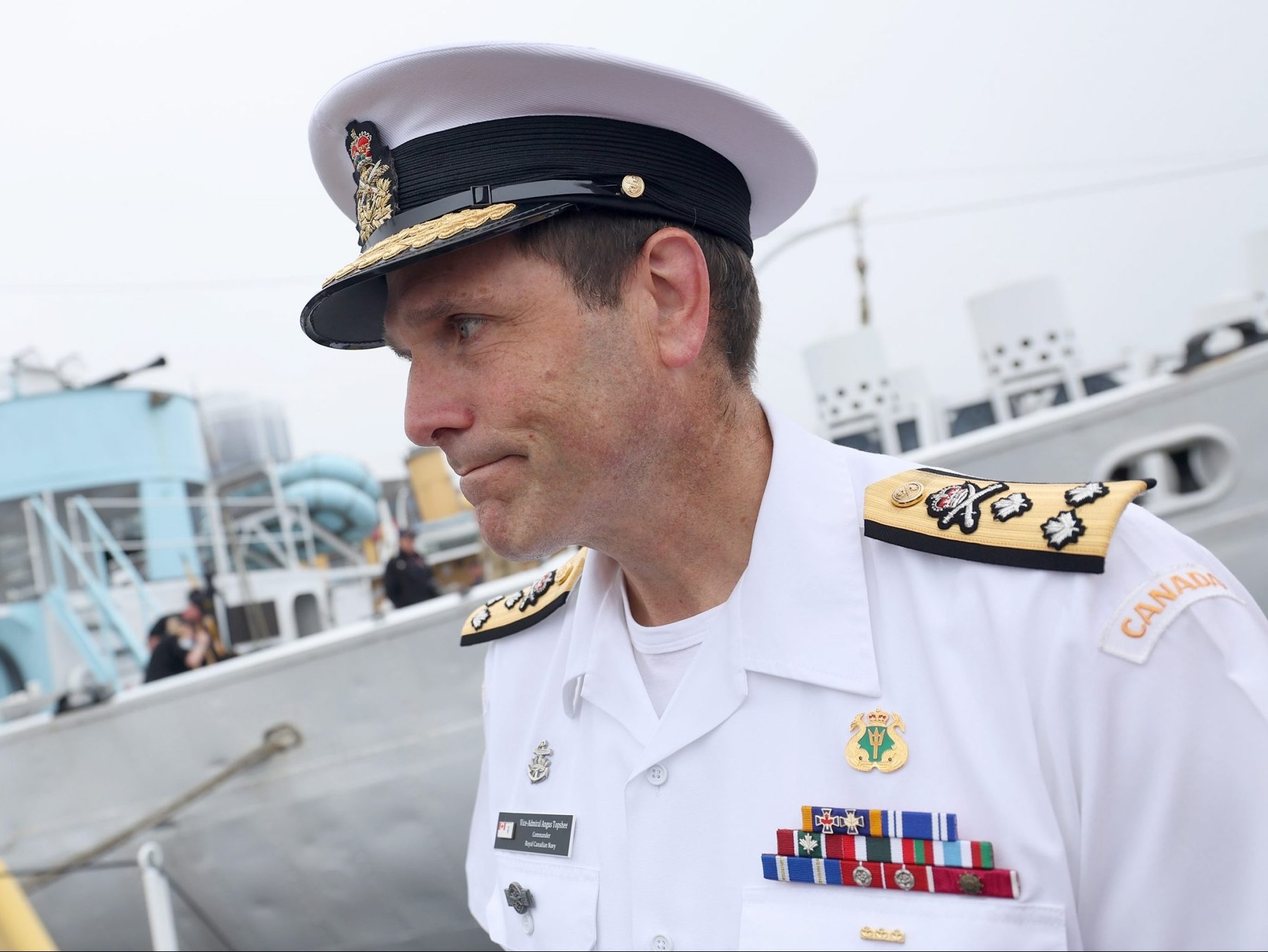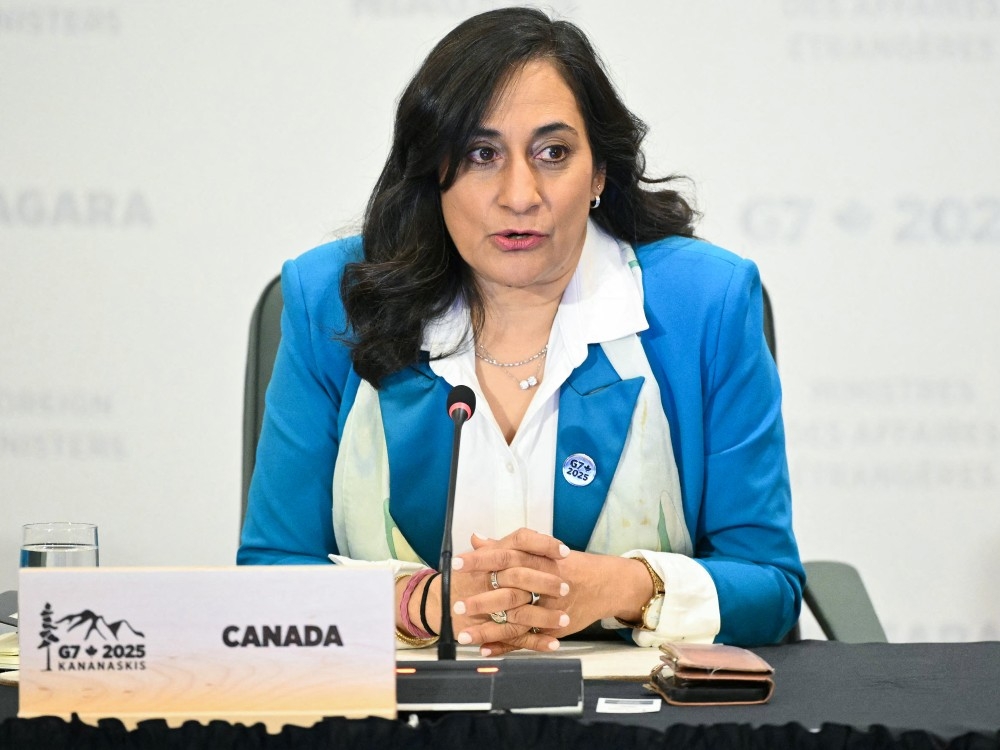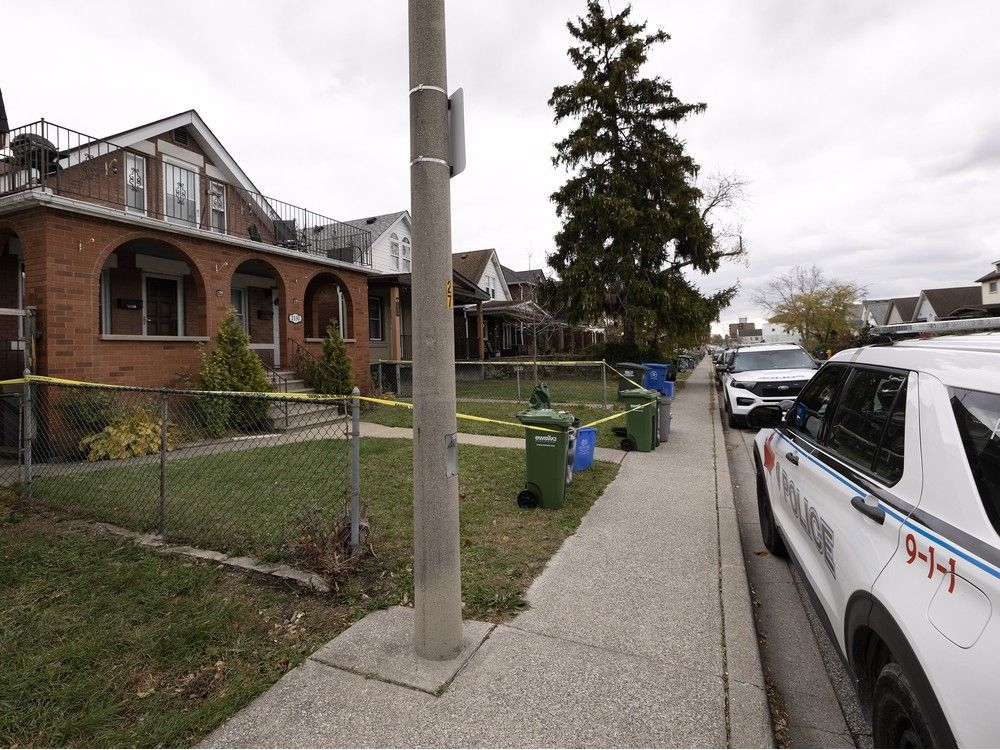The future of Canada’s submarine fleet hinges on a firm directive: no alterations to existing designs. Vice-Admiral Angus Topshee, commander of the Royal Canadian Navy, has unequivocally stated his preference for maintaining the integrity of the proposed submarine blueprints, recognizing the critical nature of these complex machines.
Submarine engineering, he explained, isn’t a realm for improvisation. Any modification, however small, necessitates a complete reassessment of the entire system. The fundamental purpose – to reliably descend and resurface – demands unwavering precision, leaving no room for potentially catastrophic re-engineering.
Topshee envisions a streamlined acquisition process, ideally tapping into established production lines already building submarines for nations like Norway, Germany, and South Korea. He even quipped about adapting to minor differences, like power outlets, rather than risking design changes. The goal is speed and reliability.

Ottawa is currently evaluating bids from two contenders: Hanwha Oceans of South Korea and Germany’s ThyssenKrupp Marine Systems (TKMS). This multi-billion-dollar contract will determine the replacement for Canada’s aging Victoria-class submarines, a fleet rapidly approaching its retirement date over the next decade.
The current situation is precarious. Only one Canadian submarine is presently operational, recently returning to service after thirteen years of extensive maintenance. Experts foresee a grim future where dwindling parts supplies will force the cannibalization of existing submarines simply to keep others afloat.
A cornerstone of the new plan is establishing robust submarine maintenance capabilities within Canada. A significant seventy percent of the contract’s value will be dedicated to in-service support, ensuring long-term operational readiness. This includes building facilities on both coasts, utilizing Canadian steel and labour.
Recent high-level tours by Prime Minister Mark Carney to shipyards in both South Korea and Germany underscore the seriousness of the decision. He personally inspected submarines built by both Hanwha Oceans and TKMS, signaling a thorough evaluation process.
The government has already committed over $80 billion to defence spending through the end of the decade, though the submarine contract’s funding timeline remains unclear. This has prompted questions about when a winning bidder will be announced.
Parallel to the procurement process, Ottawa is actively reforming its approach to major military purchases. The newly established Defence Investment Agency, led by Doug Guzman, aims to centralize and accelerate decision-making, cutting through bureaucratic delays.
The increased defence spending has already attracted significant interest from investors, including banks and pension funds. The government is focused on reducing red tape to facilitate a faster pace for these critical projects.
A new defence investment strategy is expected to be unveiled in the coming weeks, providing further clarity on the government’s long-term vision for modernizing Canada’s military capabilities and securing its naval future.





